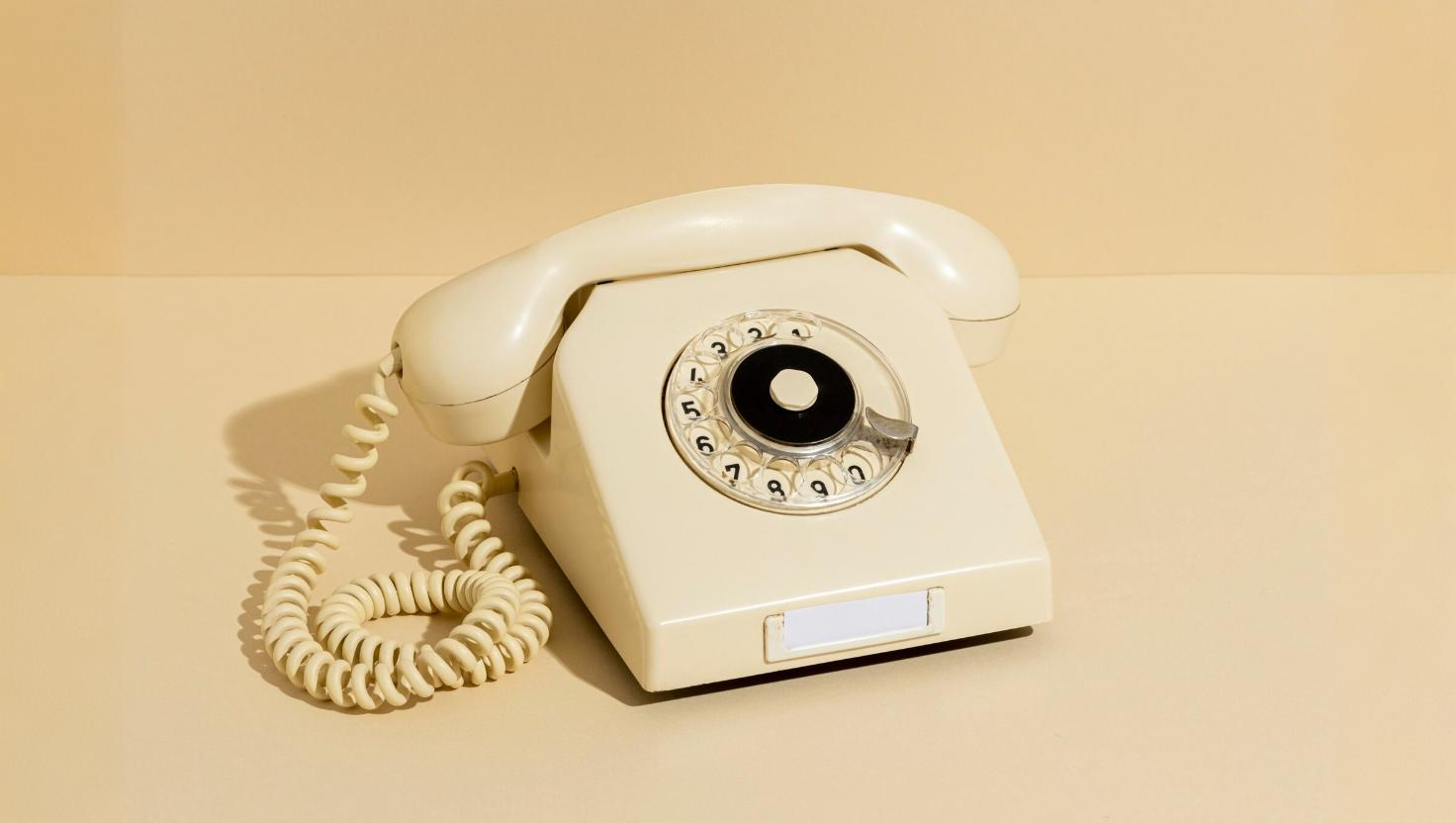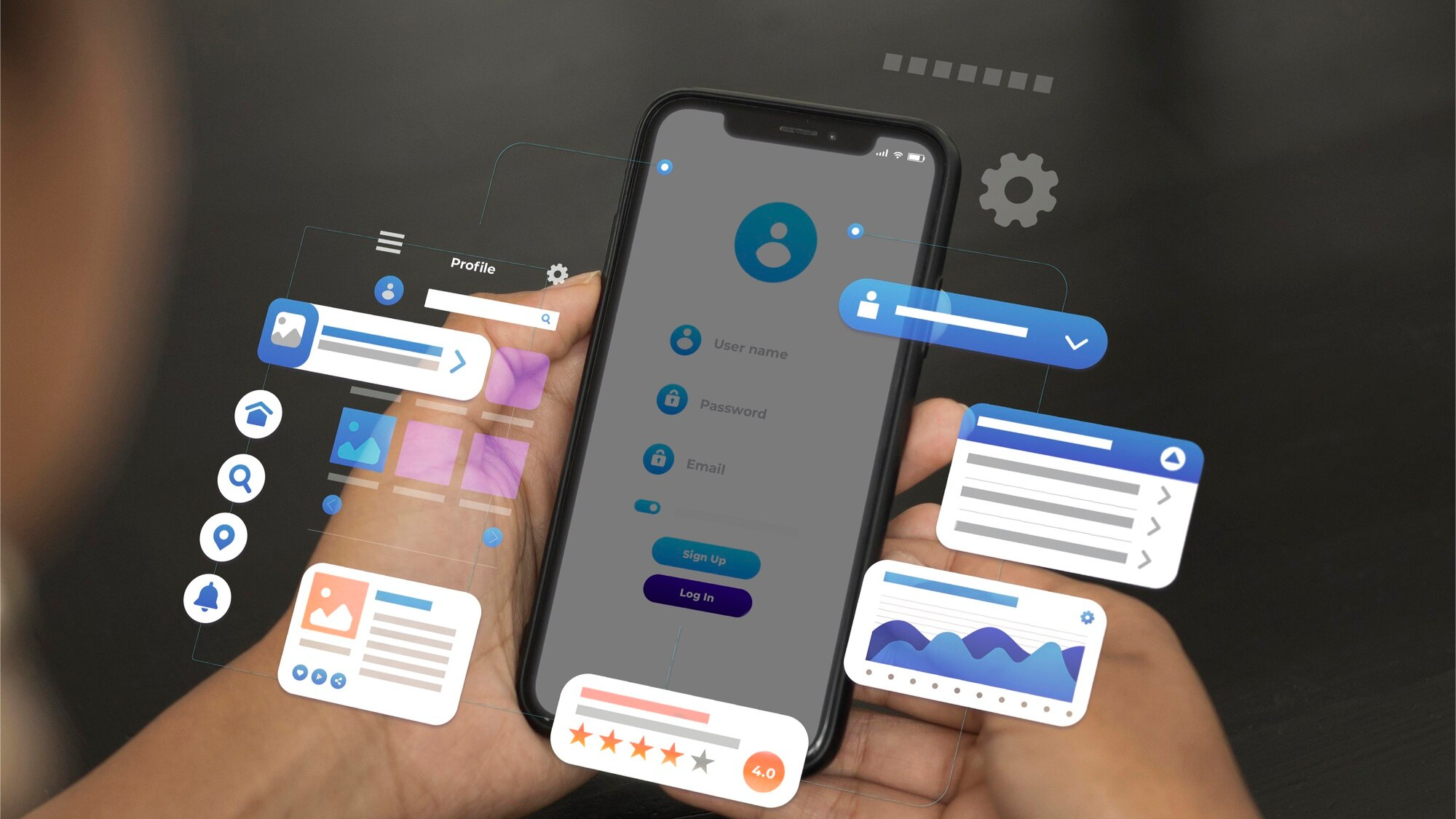Analog Lines vs. Digital Solutions: Why Modern Businesses Are Upgrading

When was the last time you stopped to think about the way your business communicates? Chances are, if you’re still relying on legacy analog lines, you haven’t given it much thought. After all, these tried-and-true analog systems have served us for decades.
But here’s the thing: Times are changing, and so are the solutions available to businesses like yours. And now is the perfect time to move from analog lines to digital solutions. And here’s why.
A Review of Old Reliable: The Analog Telephone Line

If you’ve been in business for a while, you’re probably familiar with analog lines. The reliable, trustworthy solution for years, these copper-wire lines made phone calls possible through analog signals, connecting businesses with customers, partners, and suppliers. There was a certain charm to analog—it was simple, straightforward, and everyone knew how it worked.
However, what was once revolutionary is now starting to show its age. Analog lines are based on outdated technology, and while they may still work for basic phone calls, they just don’t stack up against today’s more flexible, feature-rich digital alternatives.
Especially since the FCC recently made it easier for providers to retire their aging copper networks. But we'll get to that below.
The Challenges of Sticking with Analog Lines
Here are some of the biggest challenges you'll face if you decide to continue using analog telephone lines.
1. Copper Networks are Retiring
With the FCC clearing the path for providers to retire aging copper networks, sticking with an analog telephone line means you're relying on a system that’s being phased out. As more businesses move to fiber, you’ll face higher maintenance costs or potential service disruptions on your analog lines—a challenge no business should have to deal with.
2. Maintenance Costs are Rising
Thanks to new FCC rules, maintaining an analog system gets more expensive. With fewer people working on these old systems and higher repair costs, your business will keep paying more for less reliability. The writing is on the wall—analog telephone lines are getting harder and more expensive to support.
3. Poor Scalability
If your business is growing, you’ll quickly find that expanding an analog system is a pain. Adding new lines means installing more wiring and hardware—a major hassle. Digital business phone systems, however, are much easier to scale, allowing you to add lines and features without the physical limitations of analog systems.
4. Reliability Problems
Analog telephone lines can be unreliable. Whether it’s dropped calls, poor call quality, or network failures, analog systems are prone to issues that digital solutions have already solved. With digital systems, you get more stability, and features like automatic call rerouting during outages make sure communication doesn’t stop.
5. Limited Features and Flexibility
If you wanted features like voicemail, call forwarding, or a virtual receptionist on an analog telephone line, you’d often have to pay extra or rely on clunky add-ons that never quite work as expected. In today’s business world, these features are standard with digital solutions, and they can help streamline operations and enhance the customer experience.
Bottom line: It’s time to let go of your analog telephone line. The shift toward fiber networks is happening, and businesses that hold on to outdated systems risk falling behind. The transition might feel like a big step, but it’s a move your business needs to make sooner rather than later.
The Brave New World: 5 Key Advantages of Digital Solutions

Modern communication systems let you make calls and share data using the internet instead of old copper wires. Here’s how this wonder of telecom modernization works:
-
Voice over Internet Protocol (VoIP): This technology converts your voice into data packets (aka digital signals) and sends them over the internet. VoIP is popular because it makes use of widespread broadband internet connections and moves away from the old copper telephone networks.
-
Session Initiation Protocol (SIP): Think of SIP as the set of rules that helps start, manage, and end your calls. It’s a key part of many VoIP systems and even adds extra features like video calls and messaging for the VoIP users' convenience.
So, what makes communication solutions through digital signals so much better than analog telephone lines? Let’s break it down (even further than before):
1. Cost-Efficient Communication

One of the biggest advantages of digital solutions is how much they can save your business. Traditional phone systems come with a hefty price tag—from line charges to repair costs, especially when it comes to long-distance calls. Digital solutions are powered by VoIP, allowing them to use your existing internet connection for communication, which means lower costs overall. Long-distance calls are often free or much cheaper, and for businesses with multiple locations, digital systems can eliminate the need for separate phone lines at each site, saving even more on infrastructure and maintenance.
Fictional Example: Green & Green Law
Green & Green Law is a small law firm with offices in several nearby towns. Each office had its own phone system, which meant high maintenance costs and expensive long-distance charges when team members needed to communicate across locations. The firm was paying a significant amount to maintain each office’s phone lines and handle inter-office calls. After they switched to SIP trunking, everything changed. Here’s how they benefited:
-
They consolidated multiple offices into one powerful phone system.
-
Internal calls between offices are now 100 percent free. Everything was included in the new system.
-
Phone bills were slashed with SIP trunking—no more unnecessary service contracts.
-
Employees can now communicate effortlessly with one unified system, regardless of which office they are working from.
2. Better Call Quality and Reliability

Poor call quality and dropped calls can be a huge frustration with outdated phone systems. With digital solutions, you can expect clearer calls and fewer disruptions, thanks to a more stable internet connection. In addition, if there’s ever an issue with your main line, digital systems often come with automatic failover, which reroutes your calls to a backup number or device. This ensures your communication stays uninterrupted, even when technical problems arise.
Fictional Example: Bayside Fitness
Bayside Fitness is a growing chain of fitness studios with members booking appointments, inquiring about classes, and making reservations over the phone. However, their outdated analog phone system often resulted in call drops and poor sound quality, leading to missed opportunities. After upgrading to VoIP, Bayside Fitness experienced a complete turnaround, with:
-
Clear calls that don’t cut out mid-conversation.
-
No more missed appointments or double bookings.
-
Great service that keeps clients coming back for more.
3. Easily Scalable to Match Your Growth

As your business expands, your phone system should be able to grow with you—and digital solutions make that incredibly easy. There’s no need for expensive hardware upgrades or complicated wiring. Whether you need to add more lines, features, or users, digital systems allow for seamless scaling. You can add or remove components as needed, ensuring your communication system stays aligned with your business’s evolving needs.
Fictional Example: Jenny Mae Florals
Jenny Mae Florals started as a small local flower shop, but their customer base was expanding quickly. As they grew, adding new phone lines became increasingly costly and time-consuming for the co-owners, who wanted to create stunning arrangements, not manage cabling. When they switched to digital communication services, they found that they could easily expand their phone system without significant upfront investment. Now they could:
-
Add new lines and phone extensions without complicated setups.
-
Open new locations with success and without fear of huge installation fees or service calls.
-
Use personal devices for work calls–anywhere, anytime–and enjoy maximum security with a user-friendly mobile app.
4. Packed with Powerful Features

Digital business phone systems come with a wide range of features that go far beyond simple voice calls. From voicemail-to-email and call forwarding to virtual receptionists and video conferencing, these systems provide the tools you need to streamline communication, improve productivity, and enhance customer service. These added features help your team work more efficiently, maintaining a professional image with clients and partners.
Fictional Example: Dough Ray Me
Dough Ray Me was a local spot that boomed practically overnight, thanks to social media. They were consistently overwhelmed with missed calls from customers ordering pastries, cakes, and more especially during peak hours. Their old answering machine just couldn’t keep up. After switching to digital business phone systems, they gained powerful features that helped their business thrive, like:
-
24/7 virtual receptionist, ensuring that no call went unanswered, even when they were busy baking, fulfilling orders, and more.
-
Voicemail-to-email feature, so the team could check messages and respond even when they were away from the shop.
-
Smart call forwarding, directing customers to the appropriate person instantly without making them wait.
5. Flexibility for a Mobile-First Workforce

Remote work and flexible schedules are the norm in a lot of industries, and digital solutions make it easy for your team to stay connected, no matter where they are. Employees can use smartphones, tablets, or computers to make and receive calls, check voicemails, and access their full phone system. This mobility ensures your small or medium sized business can continue to function smoothly, even when employees are working from home or on the go, improving overall productivity and communication across the board.
Fictional Example: Starling Media
Starling Media was a creative powerhouse of an agency, but its previous phone system kept the team tethered to their desks. With team members working remotely across various cities and tight deadlines on the line, there was no room for communication delays. Calls had to be made, but with old analog lines, managing a growing team was a nightmare. When Starling made the move to VoIP, they unlocked a whole new level of flexibility and connectivity:
-
Employees can stay in touch with clients and teammates, regardless of their location or device.
-
Calls, messages, and video meetings all happen on the same system, making communication (and data transfers) easier and more efficient.
-
With everyone connected, the team can collaborate seamlessly, making quicker decisions and delivering better results.
Embrace Telecom Modernization Today with Simplicity VoIP

While analog lines served their purpose for decades, digital solutions are now the future of business communication. They’re faster, more reliable, and far more cost-efficient communication tool than their analog counterparts.
So, if you're ready to make the leap from analog lines to digital, don’t hesitate. With Simplicity VoIP, the transition is smoother than you might think, and the benefits are far too great to ignore. Reach out to us today and start future-proofing your business’s communication.




